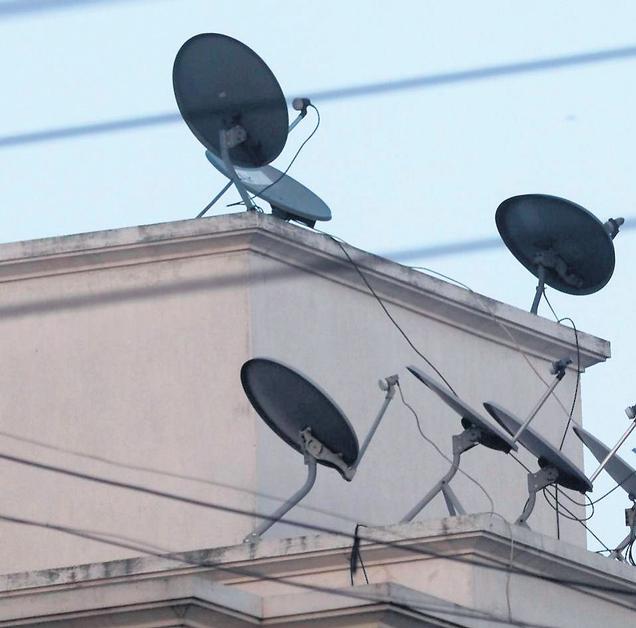 New Delhi, November 1: Cable television in Delhi, Mumbai and Kolkata switched over from analogue to digital mode at midnight on October 31, with about 4.5 lakh subscribers who have not yet installed a set-top box waking up to a television blackout on November 1. However, over 1.5 lakh tardy subscribers in Chennai can breathe easy for a few more days, with the Madras High Court granting a further extension of the switchover deadline in that city until November 5.
New Delhi, November 1: Cable television in Delhi, Mumbai and Kolkata switched over from analogue to digital mode at midnight on October 31, with about 4.5 lakh subscribers who have not yet installed a set-top box waking up to a television blackout on November 1. However, over 1.5 lakh tardy subscribers in Chennai can breathe easy for a few more days, with the Madras High Court granting a further extension of the switchover deadline in that city until November 5.
The race to meet the digitalisation deadline grew frenetic in the last few days, with the Ministry of Information and Broadcasting estimating that over 1 lakh set top boxes were installed on October 30, of which about 65,000 were in Delhi alone. Overall, 91 per cent of all cable television homes have successfully made the switch across the country, with Mumbai achieving a 100 per cent set-top box installation rate according to Ministry data.
That did not stop Bhawani Rajesh Cable and Digitech from filing a petition in the Bombay High Court seeking more time for Mumbai cable operators to comply with the new system. The court refused, noting that the deadline had already been extended from July 1 to November 1.
Inconvenience inevitable
“In June, you knew you have time till October. What have you done till today?” asked the court, adding, “A certain degree of inconvenience is inevitable in the enforcement of any deadline. The Union Ministry has taken this decision to cut off cable network with a view to providing quality service to consumers.” However, the court did note concern that a basic source of entertainment should not be blacked out at Diwali.
In Chennai, where only 62 per cent of cable TV households have installed set top boxes, the Madras High Court has taken a more lenient view, accepting the Chennai Metro Cable Operators Association’s petition that not enough STBs are available in the city as yet. Their deadline has now been extended to next Monday to ensure that 1.57 lakh remaining homes are covered.
In Delhi, 95 per cent of homes had been covered as per data available on Wednesday afternoon. Ministry officials indicated that work was still ongoing to reach the 1.09 lakh remaining households over the next few days.
17% uncovered in Kolkata
Kolkata has the largest number of potential blackouts, with 3.38 lakh homes — about 17 per cent of cable subscribers — still to be covered. West Bengal Chief Minister Mamata Banerjee has been vocal in her opposition to the deadline. PTI reports that even consumers with set-top boxes could face a blackout. Cable Operators Digitisation Committee Joint Convenor Milan Chatterjee reportedly said that while the implementation could be a law and order threat, “some cable operators might also stop signals to save their skin as 60 per cent of the people have not received STBs yet.”




Comments
Add new comment